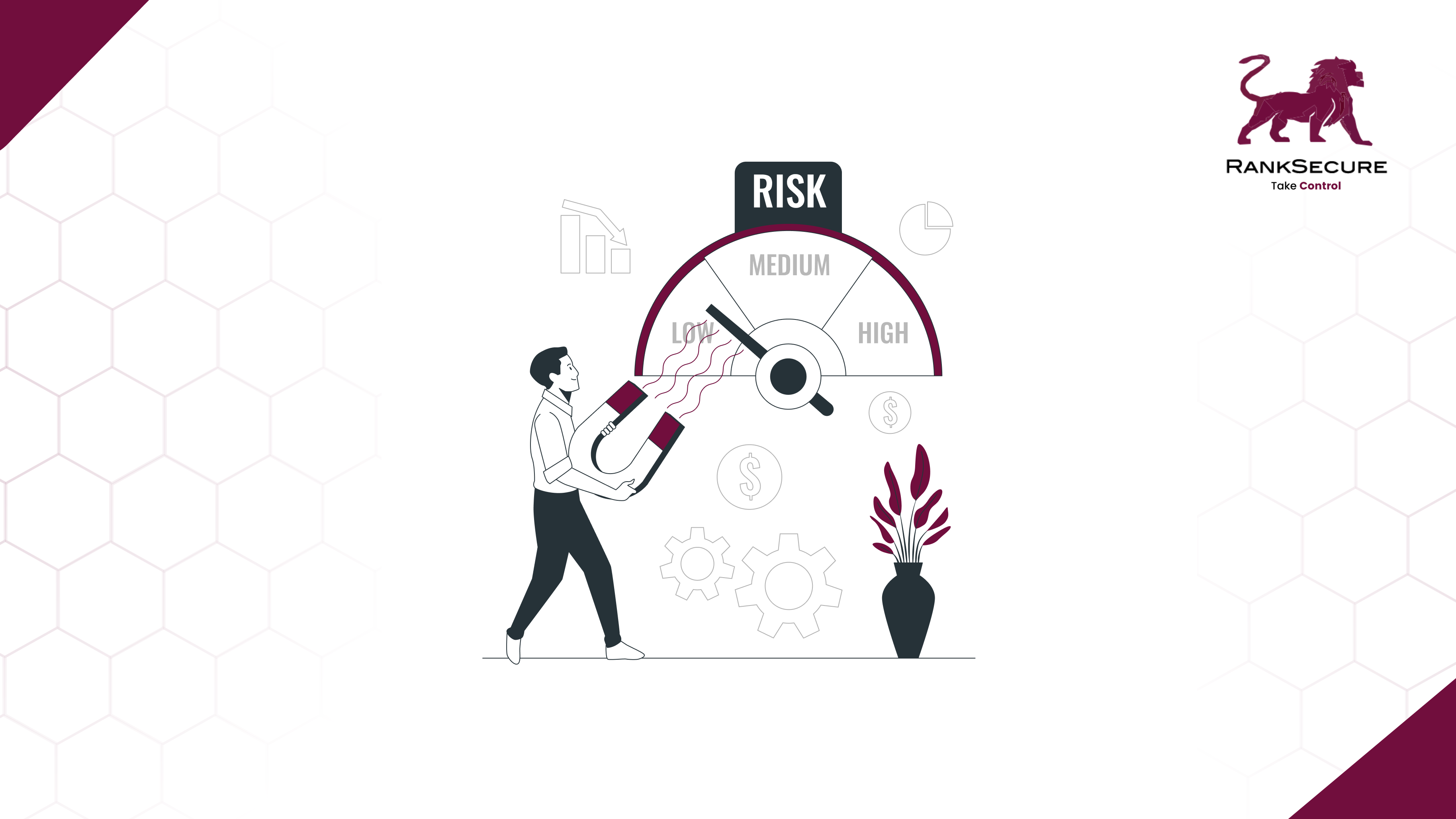
How To Plan Your Cybersecurity Budget Effectively
Cybersecurity – an investment that every business must make in order to keep its walls strong. A decade ago, the term “cybersecurity” might not have been present in a company’s investments. However, if you look now, you can easily see cybersecurity consuming a significant amount of investment each year. This is understandable given the increasing cyber-attacks and challenging vulnerabilities that every company faces today.
Investing in cybersecurity is no longer a luxury, but rather a necessity. Though it has become crucial, allocating a budget, a solid budget, to maintain cybersecurity investments remains a difficult task for businesses.
As a CISO, you may understand the importance of cybersecurity investments for your company, but in order to take the next step, you must develop a budget for it, which is where we can assist you.
Knowing Where Your Investments Stand
Almost every company spends money on cybersecurity these days, but the question is whether they are investing in the right areas that protect them from possible cyber threats.
Therefore, before you begin with a budget plan, you must analyse where you are currently investing your money and determine whether you are doing it correctly.
Make a list of the cyber security areas you are currently focusing on, as well as the amount of money you spend on each on a daily, monthly, and annual basis.
With this information, you will be able to determine whether or not you are making the best investments.
Cut Back On Unnecessary Spending
Following an assessment of your expenses, you will have a good idea of which aspects of cybersecurity your company’s budget covers. Most businesses spend their budgets on cyber security in general rather than focusing on critical areas. This leads to unnecessary spending.
There may be several cybersecurity solutions that your company does not require right now, and spending your budget on them is not a good idea. For example, if you are spending too much money on security device management and it is not providing a good return, getting rid of it is a good idea.
Furthermore, several companies hire experienced cybersecurity experts to manage the department and pay them handsomely. However, if your budget is limited and there are other options that will save you money, going for it is a smart idea.
Determine Potential Investment Areas
From an organizational standpoint, there are several potential areas of cybersecurity coverage, and spending on every area is not possible with a monthly or yearly budget plan. So, look around and prioritize the areas that need the most attention.
Several companies follow industry spending trends to prioritize security areas when planning their budgets. According to SANS Institute research, most businesses are focusing their cybersecurity investments on aspects such as access and authentication and advanced malware protection. If the access and authentication aspects become more vulnerable, and malware protection becomes more important, then taking them into account will be beneficial.
Along with trends, you should think about what aspects of cybersecurity your company should cover. For example, you could target vulnerable areas first, because vulnerabilities are where threats can enter. If your company has been the victim of a cyber attack in the past, you can factor that into your budget planning.
You can tailor your cybersecurity plan to cover the areas you feel most secure investing in, from access and authentication to advanced malware protection and vulnerability management.
Invest, Train, And Improve
You should now have a better idea of where your company is falling short on security and which aspects of cyber security you can cover with your upcoming budgets. With this information, you can create a solid plan to strengthen your company’s cybersecurity and allocate funds to it. However, your work does not end there.
Planning and investing in security solutions is not enough; implementation is critical. It is your responsibility as a CIO to ensure that the solutions you bring in are implemented effectively and within budget.
If you want to strengthen your company’s security while staying within your budget, you should also focus on training your employees. The majority of cyber attacks that businesses face are the result of human error, owing to a lack of skills and training to work around cyber security solutions.
A phishing email or a poorly secured website link can invite security threats to your company, and your employees will be unable to prevent it unless they are trained on the matter. By providing cyber security training to employees, you are allowing your investments to pay off by reducing the likelihood of cyber-attacks and creating a strong barrier.
Conclusion
When developing a budget, keep ROI in mind at all times. However, calculating the ROI in cybersecurity may appear difficult. You can create a good cybersecurity budget that brings you a good ROI by efficiently identifying potential areas, prioritizing solutions, and eliminating unnecessary expenses.
Recent Posts
(DRAFT_Rahul) The Cost of Poor IT Asset Management Lessons from Industry Failures
In the current fast-paced digital environment, information technology asset management (ITAM) is no any longer a “nice to have” but a crucial activity for companies of every size. Effective IT asset management from hardware and software to cloud resources guarantees efficiency, cost saving, and regulatory conformity. Still, many
Comparing Risk vs. Vulnerability Assessments
When it comes to protecting your organisation, the terms risk assessment and vulnerability assessment are often thrown around—but what do they actually mean? More importantly, how do you know if your organisation needs one, both, or neither? In this blog, we’ll break down the nuances, explain when to
India’s Rising Role in Cybersecurity
India’s Rising Role in Cybersecurity India has become a digital powerhouse, with 751 million people actively using the internet—making it the world’s third-largest digital market after the US and China. The government’s Digital India program has transformed how we work, shop, and live. However, this rapid growth







